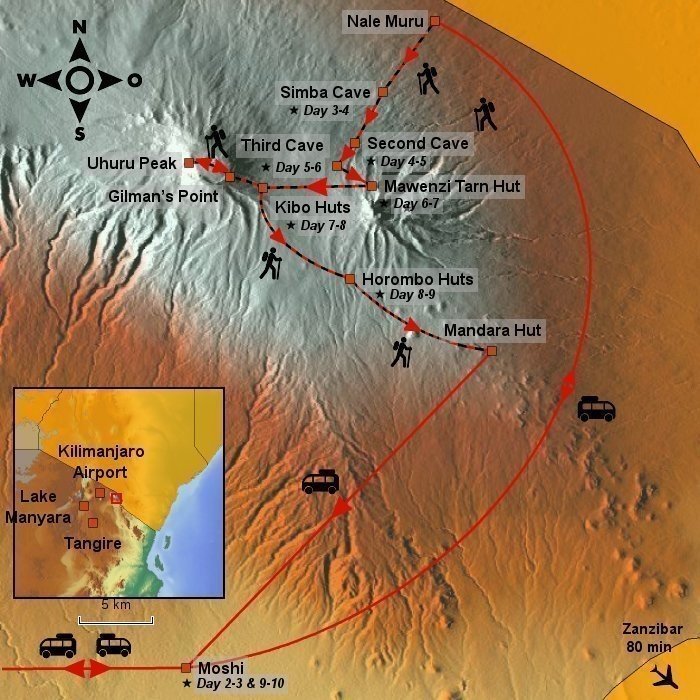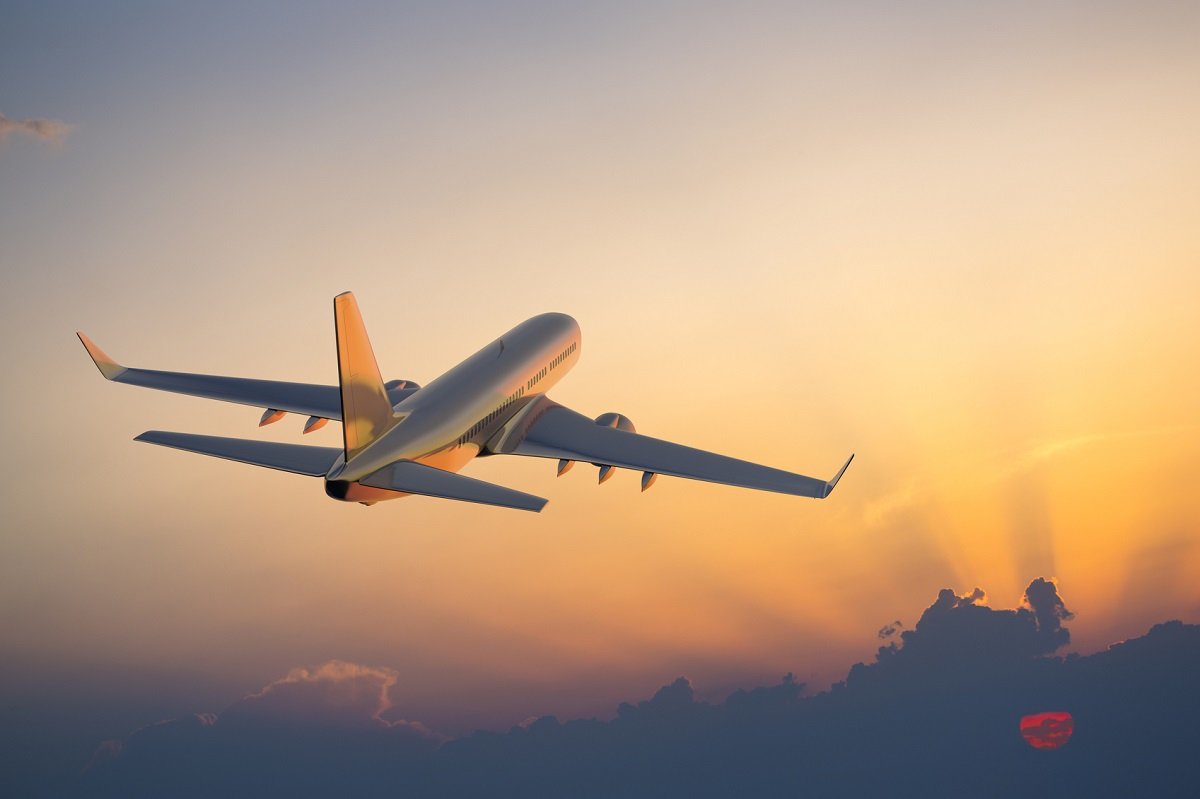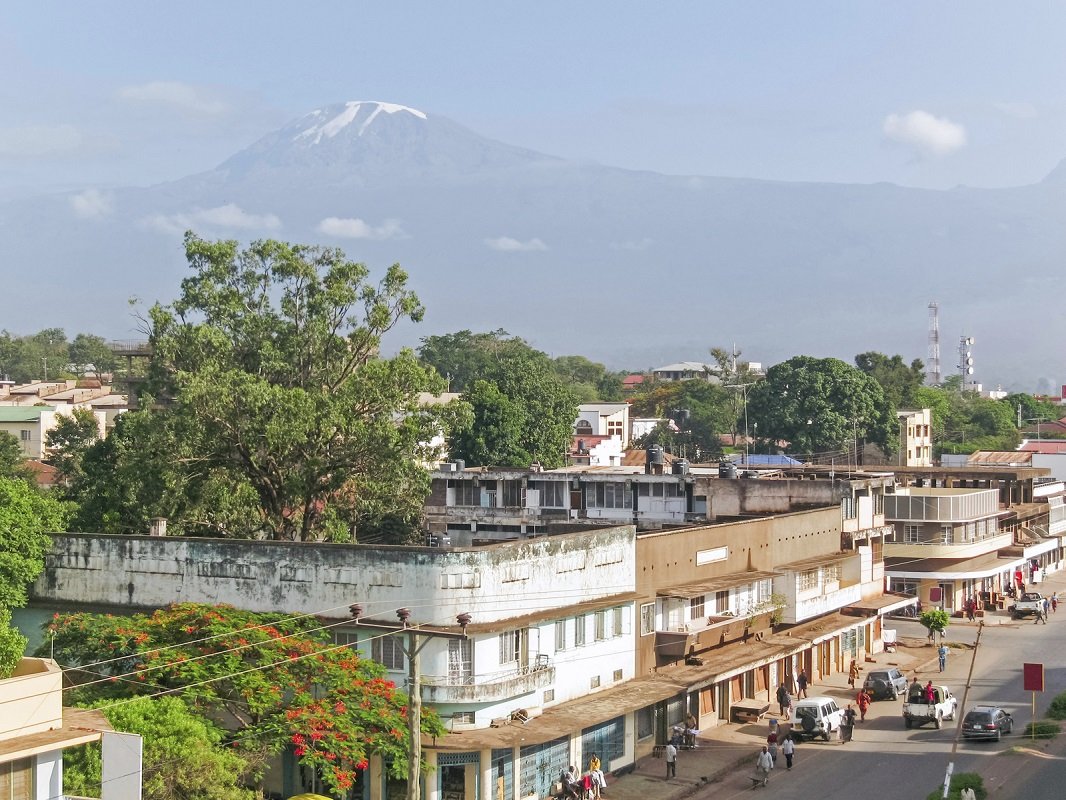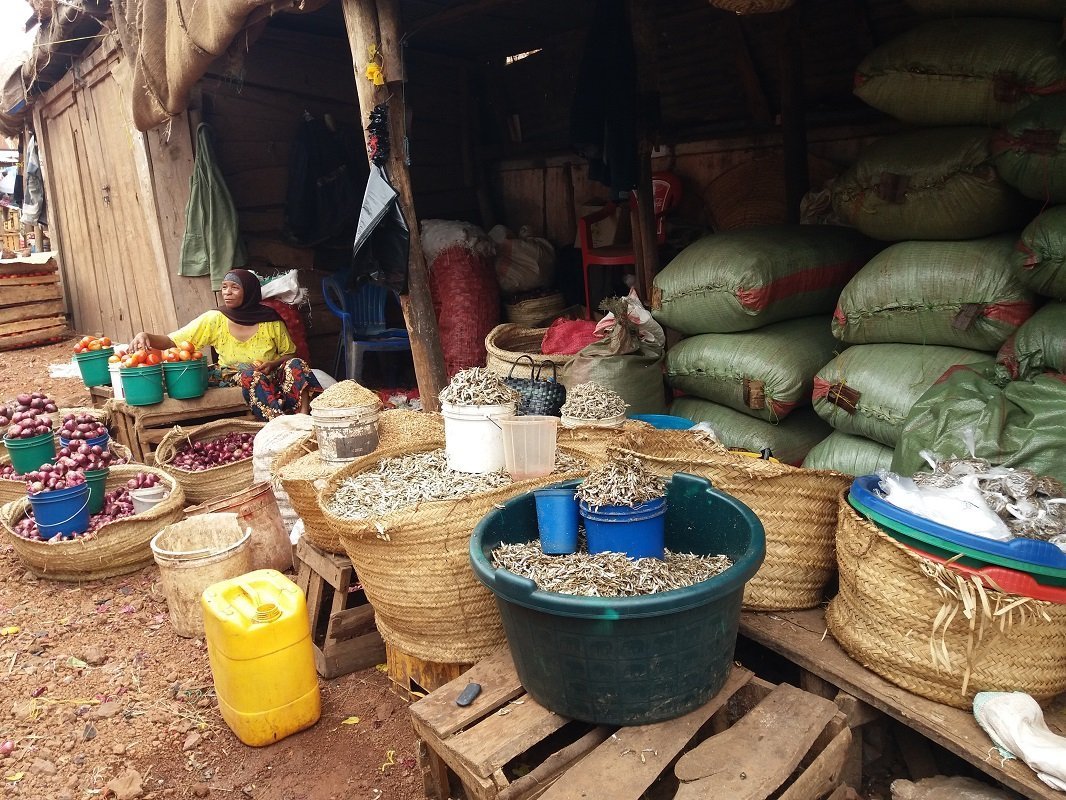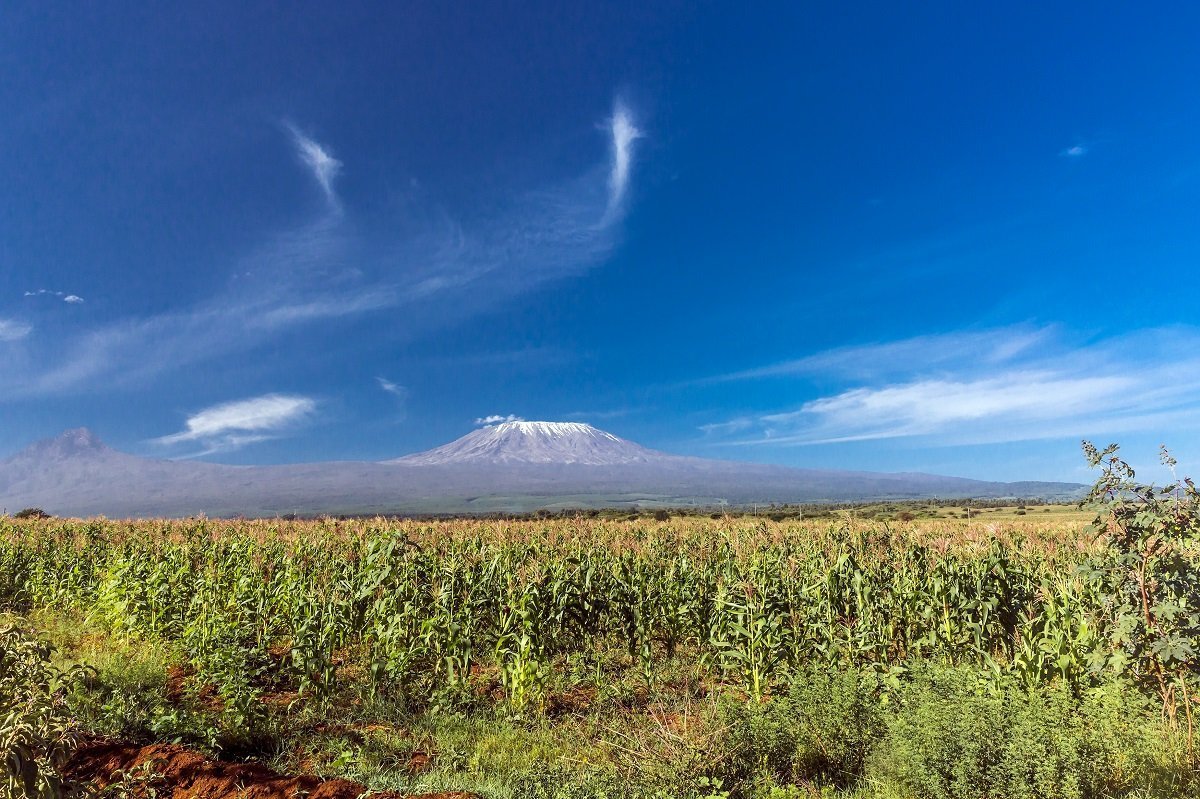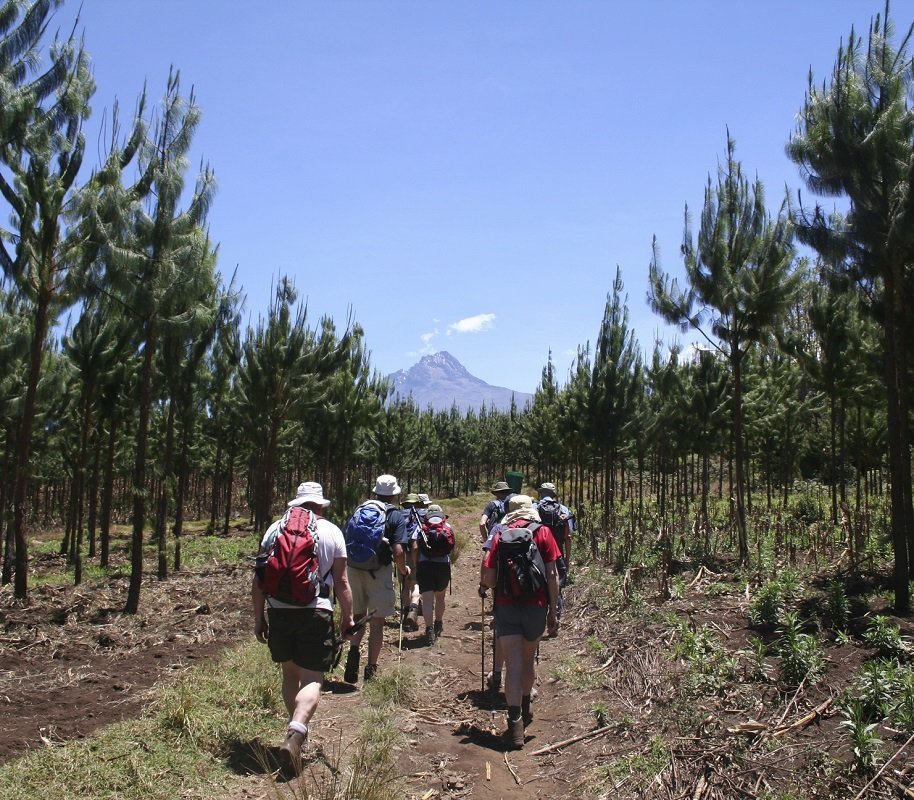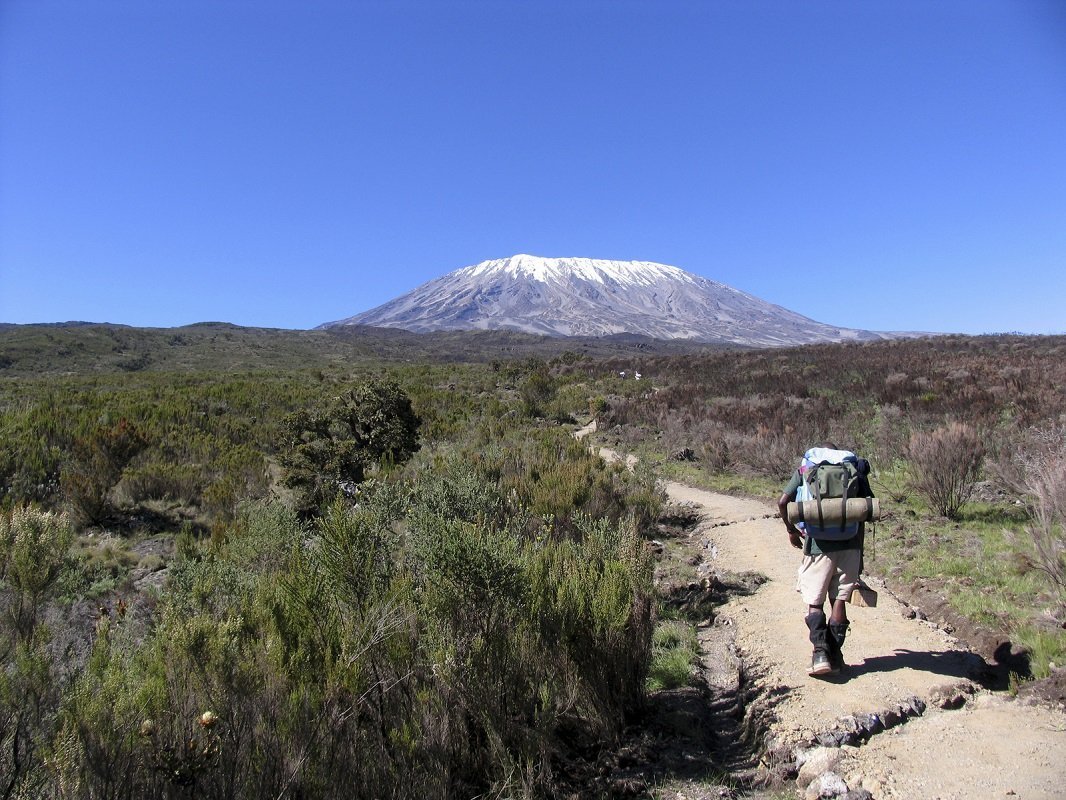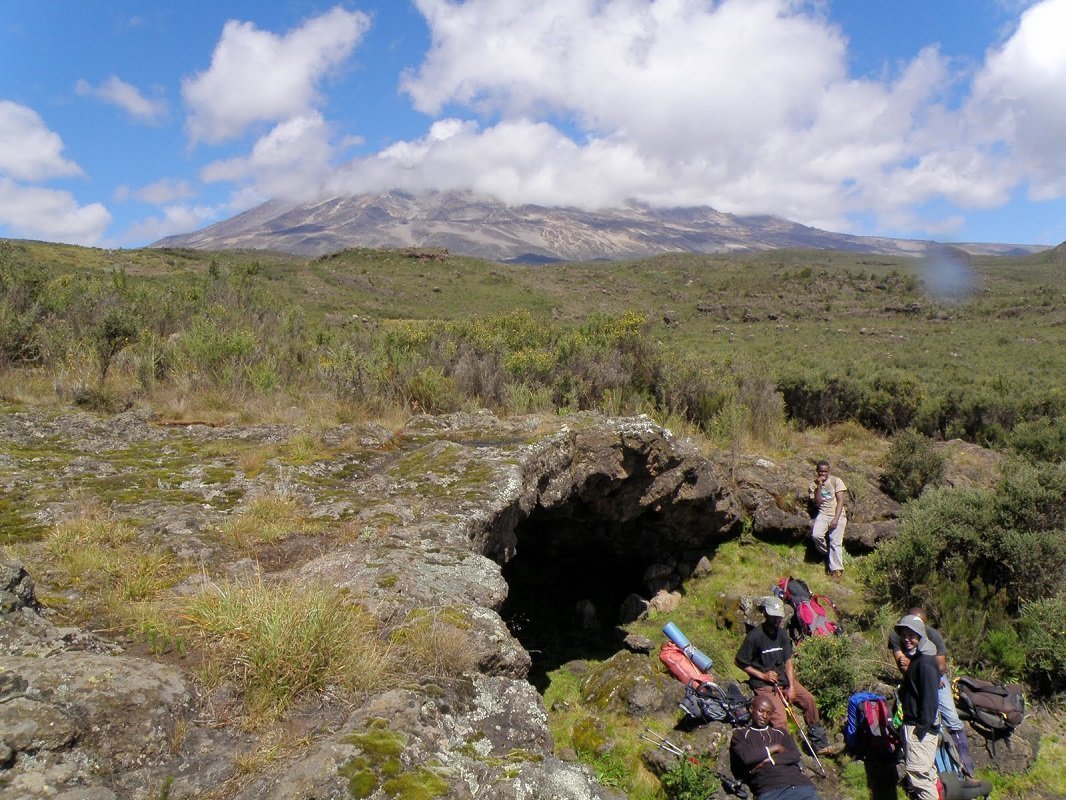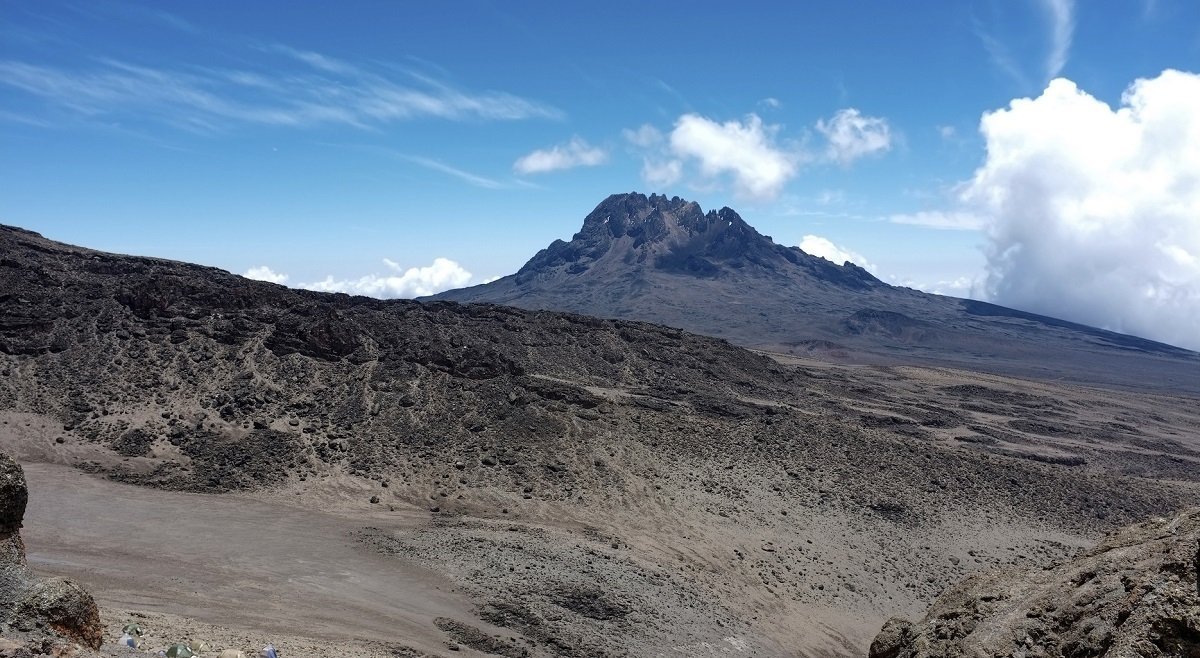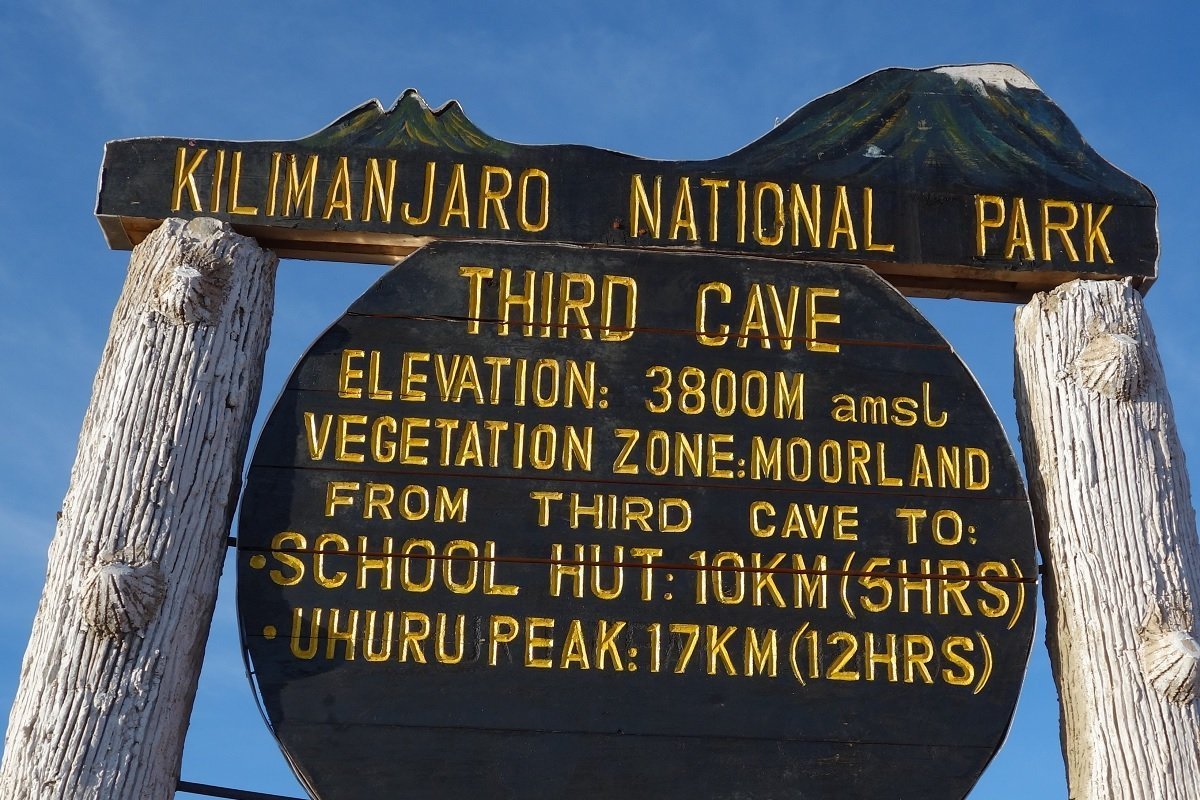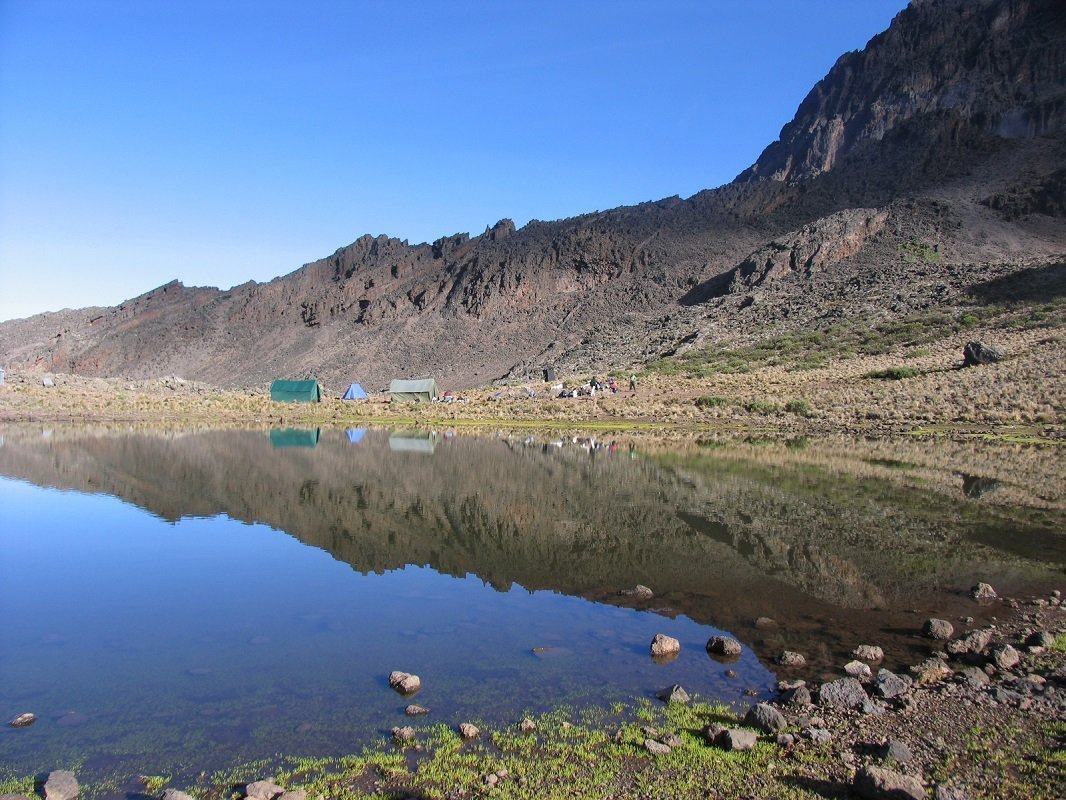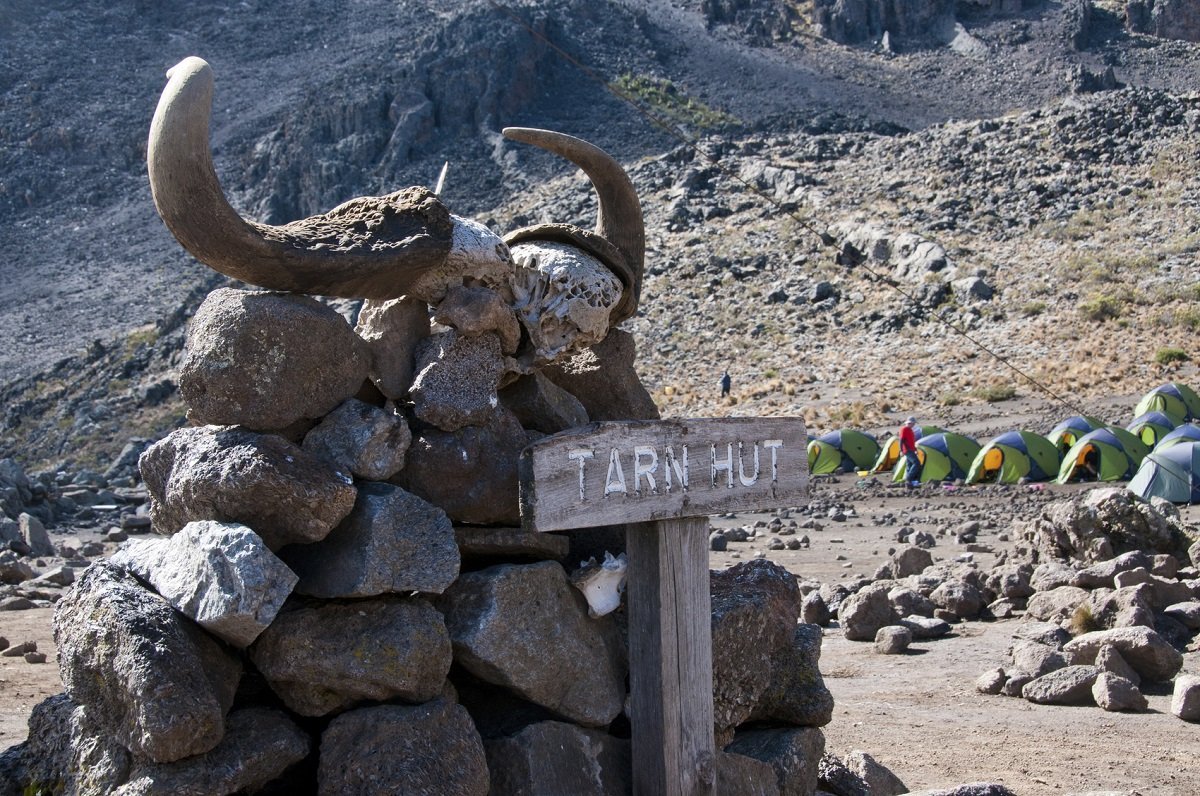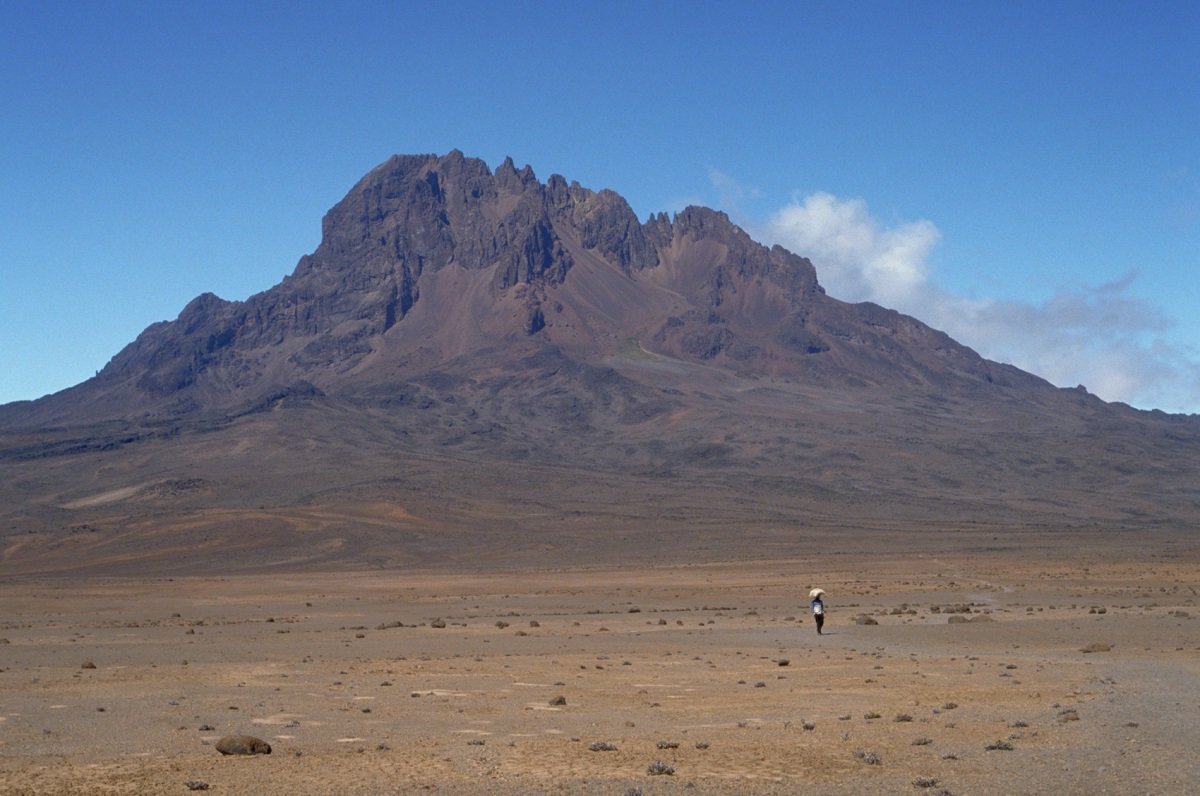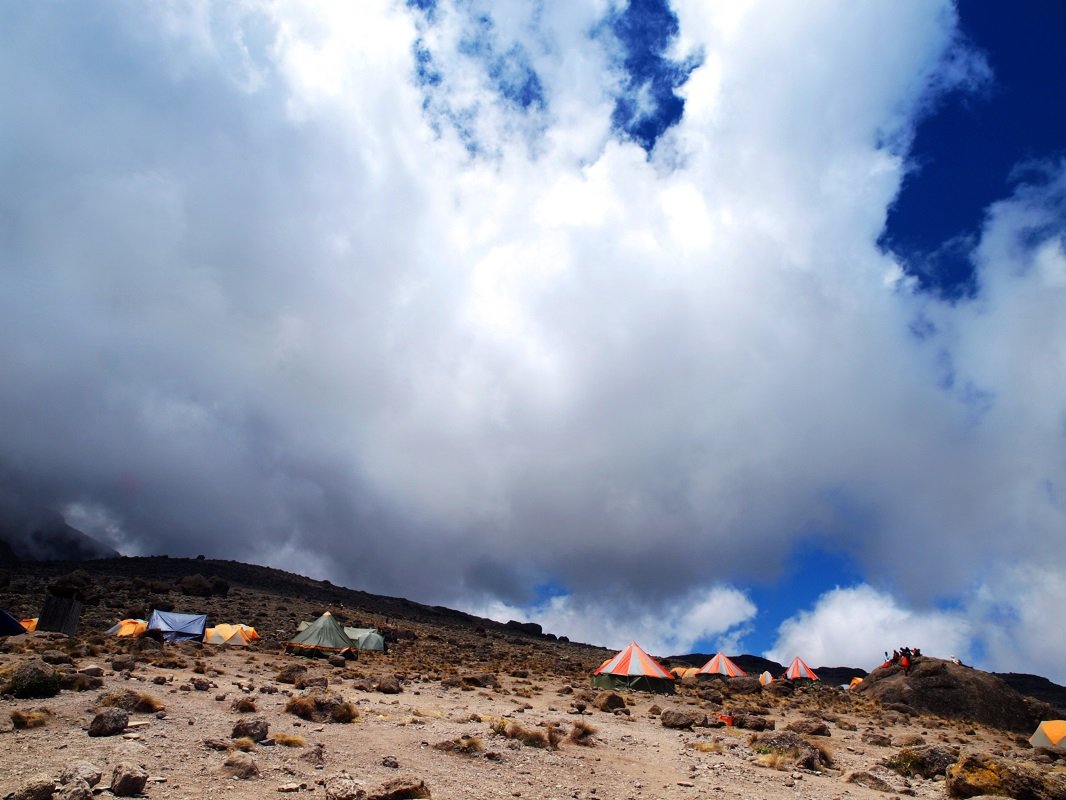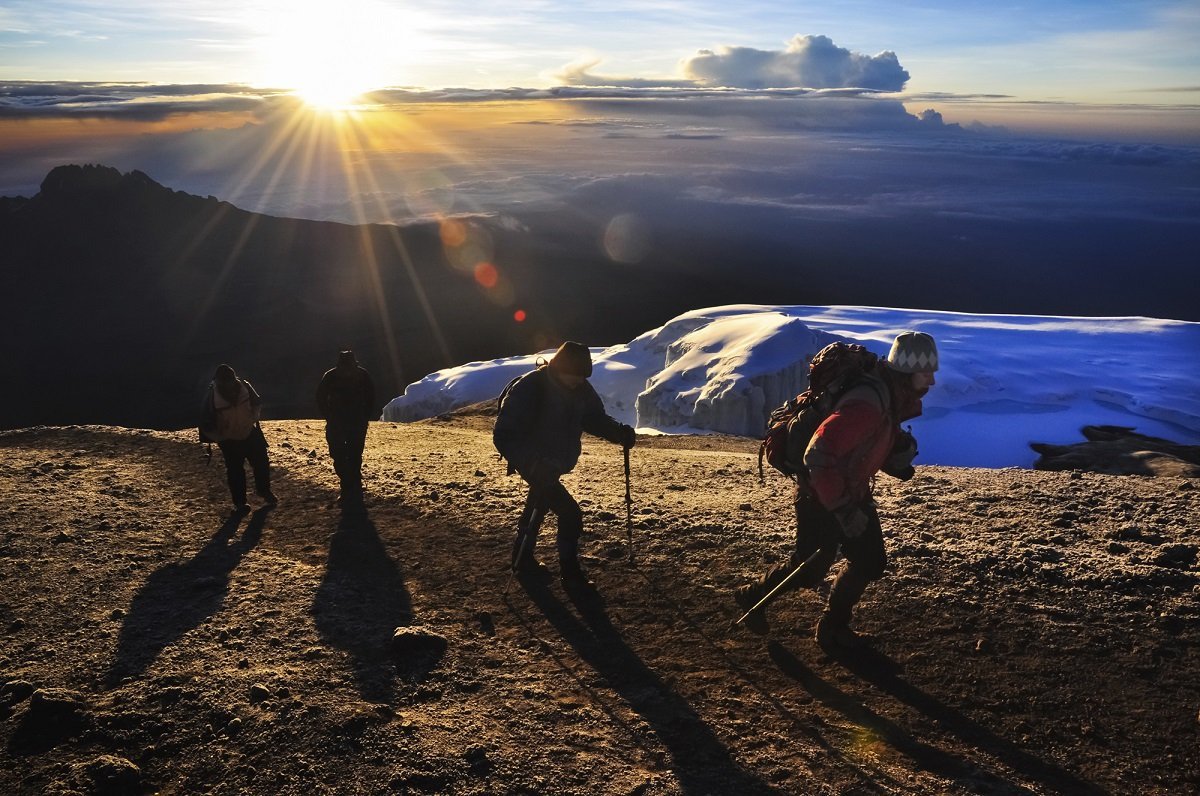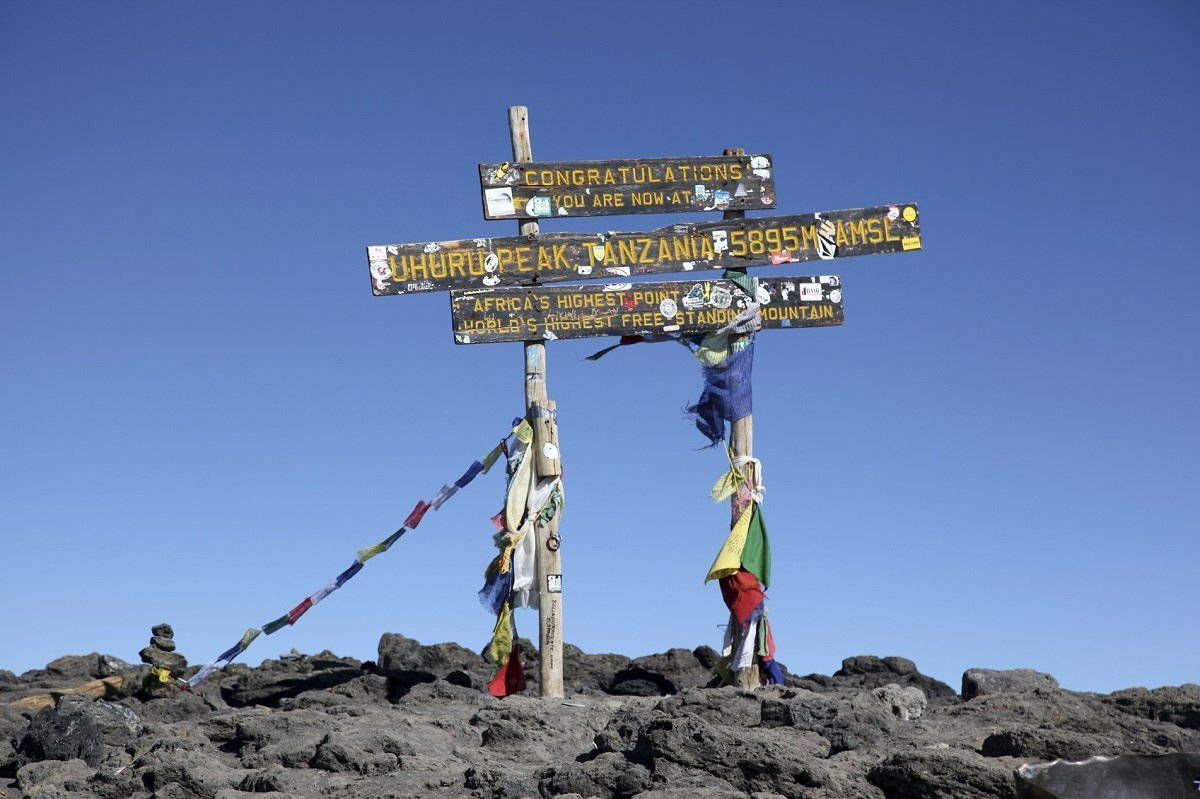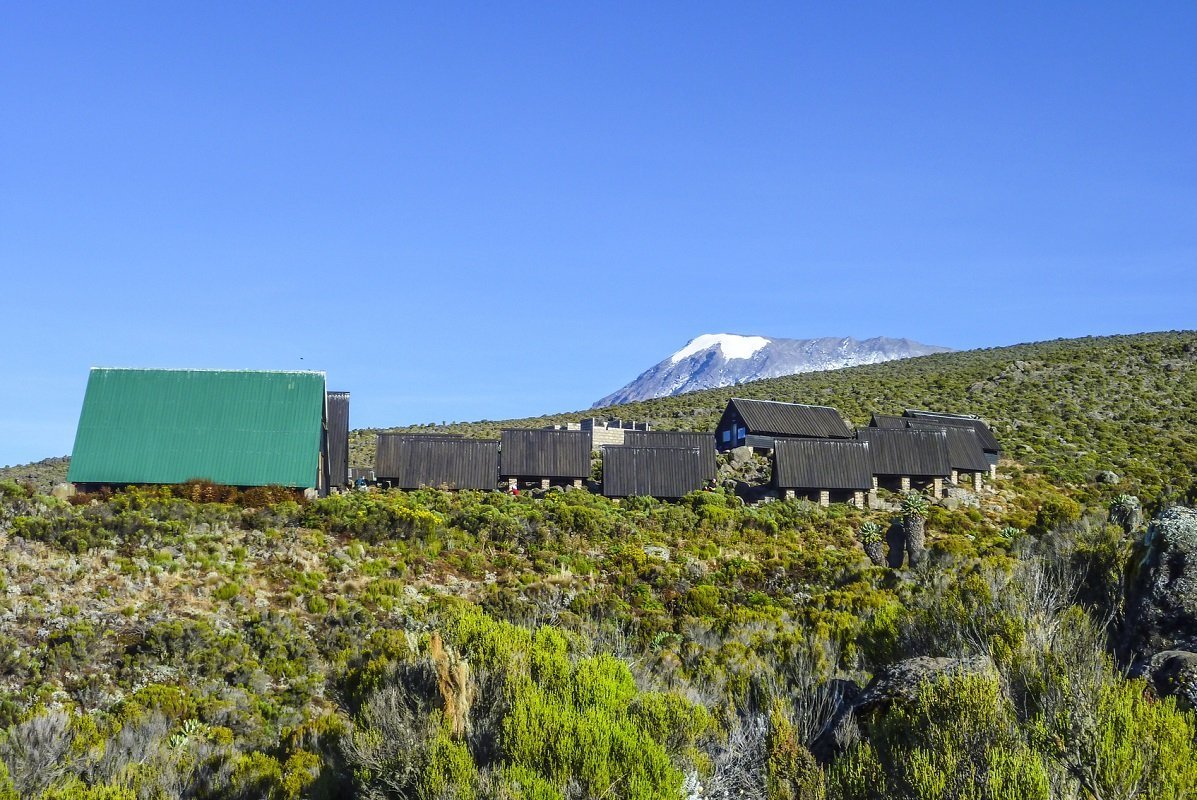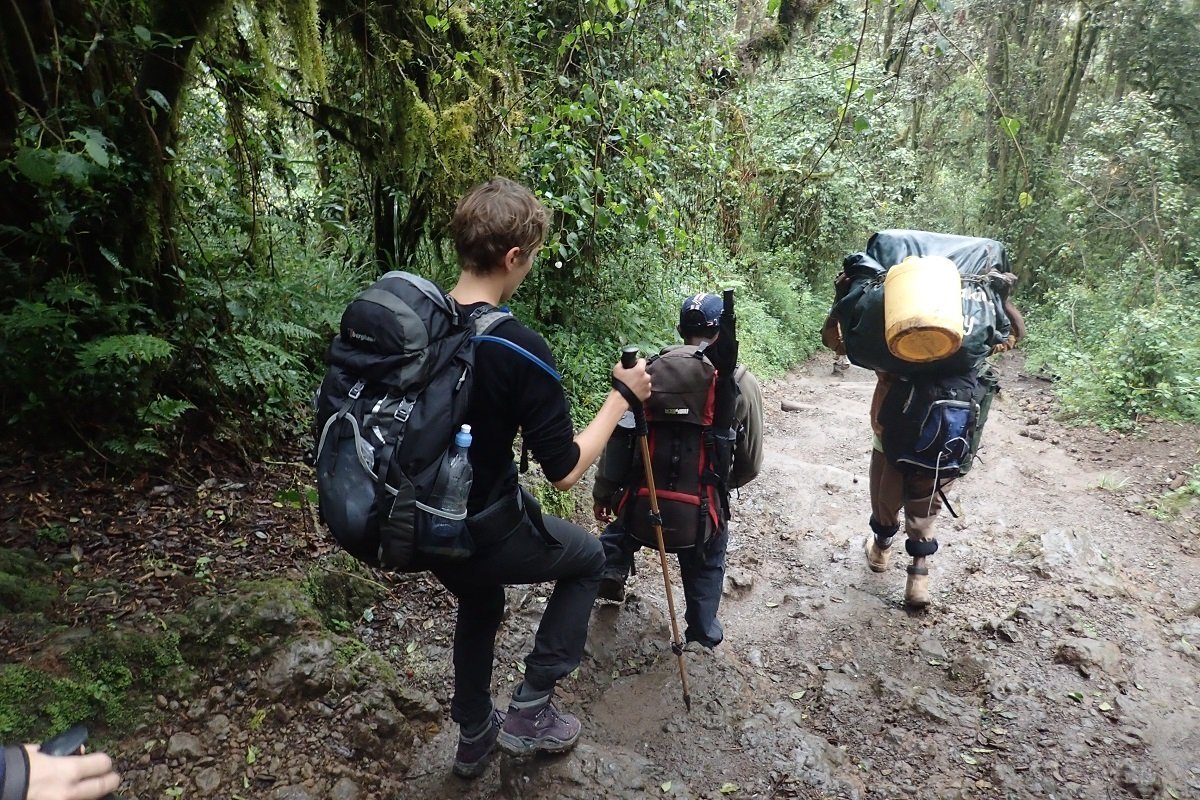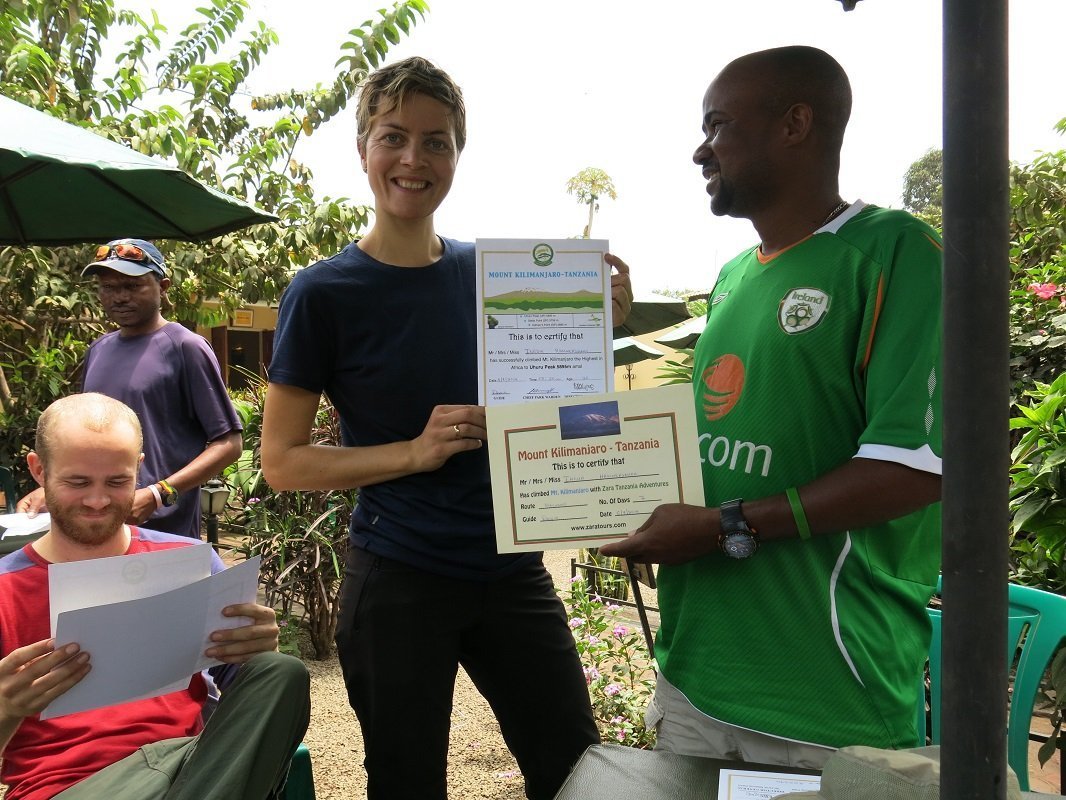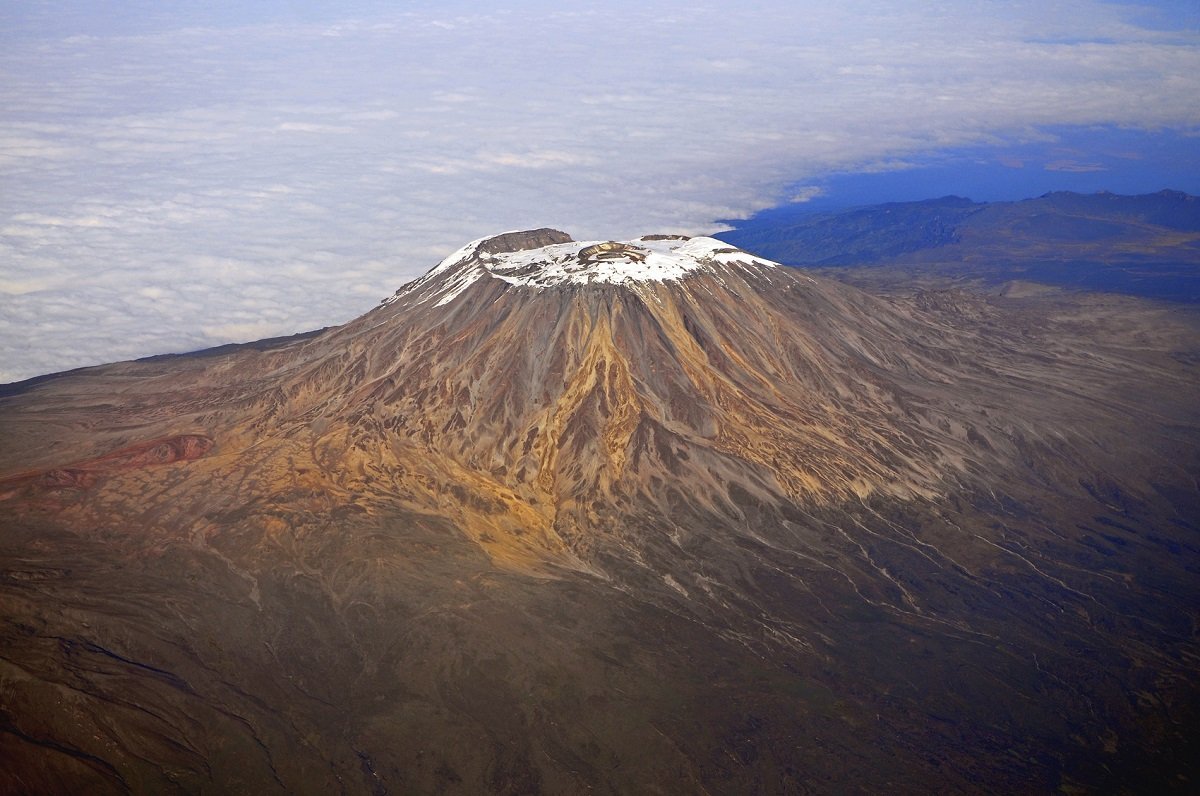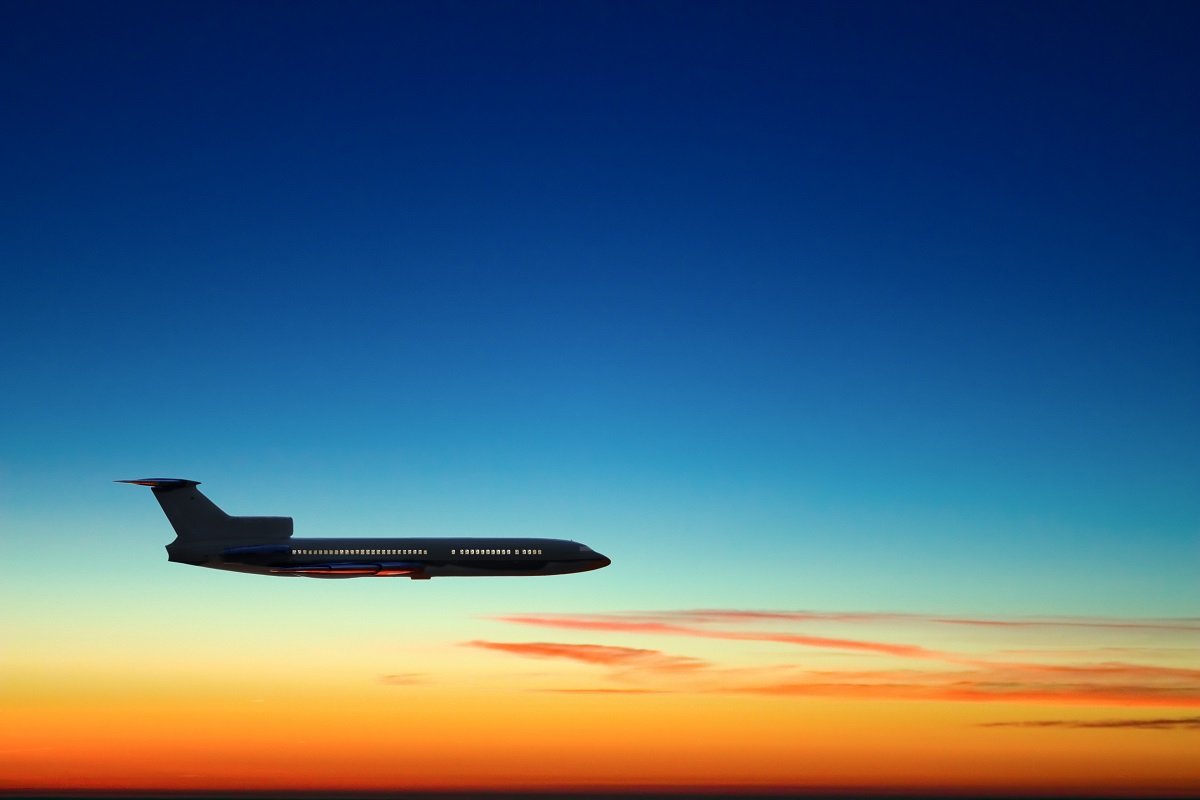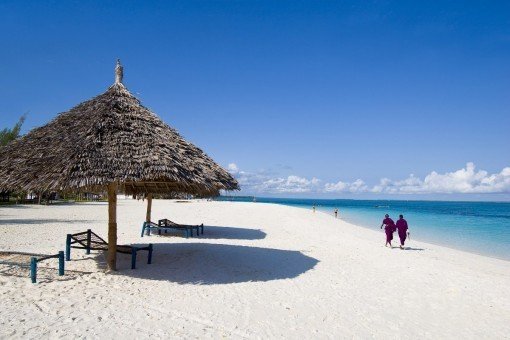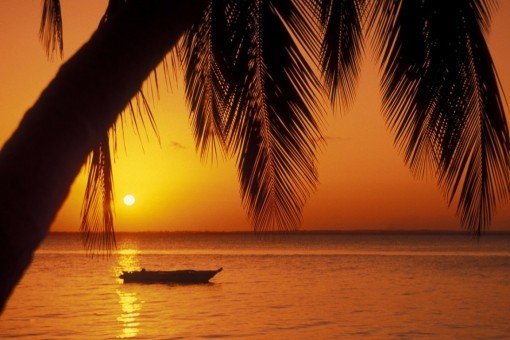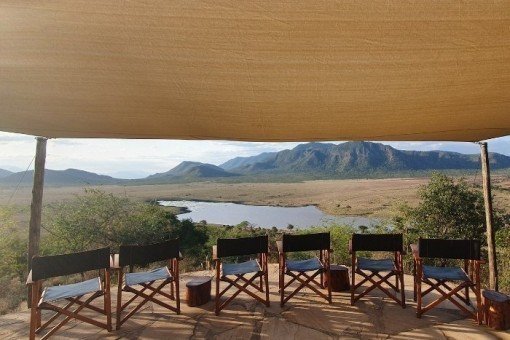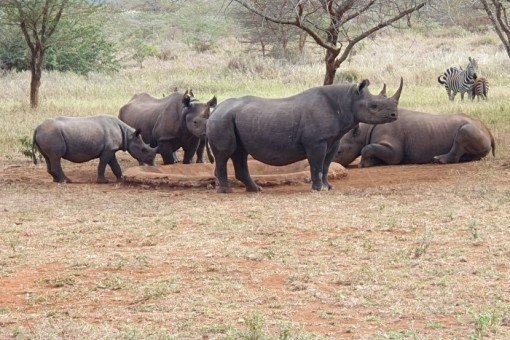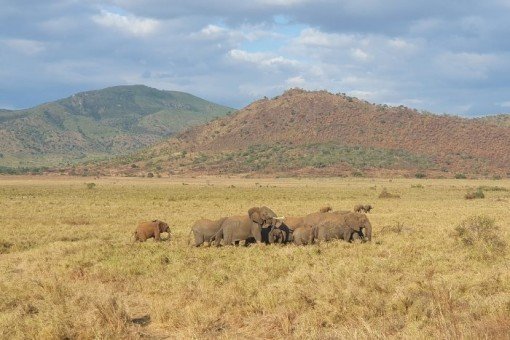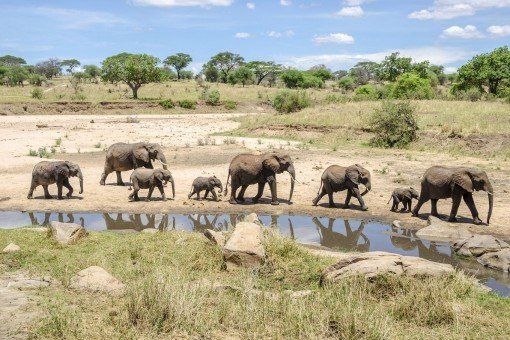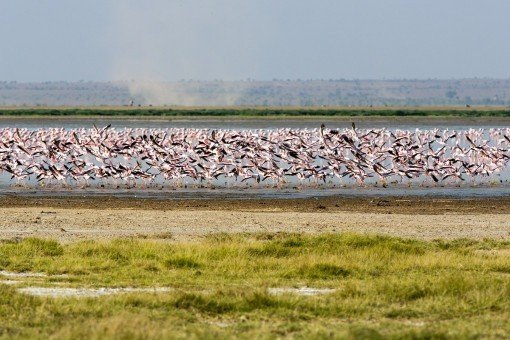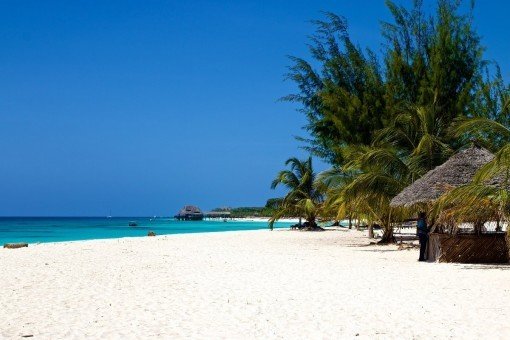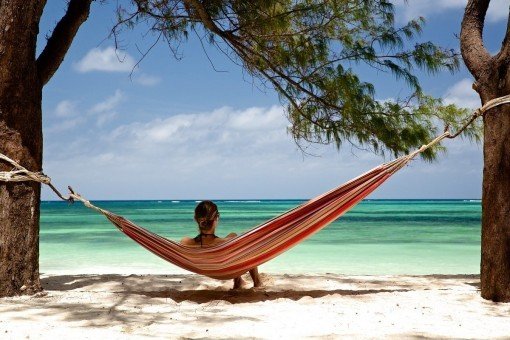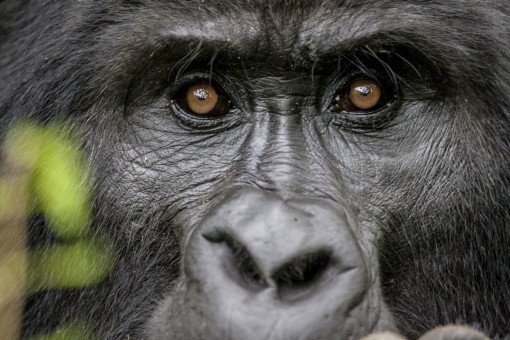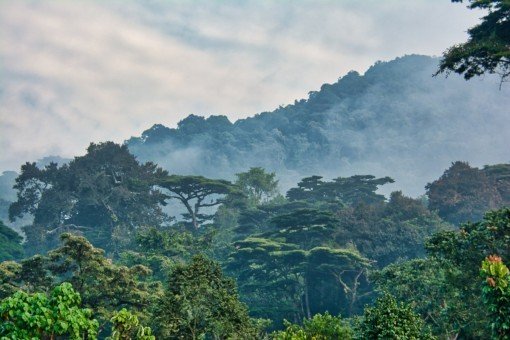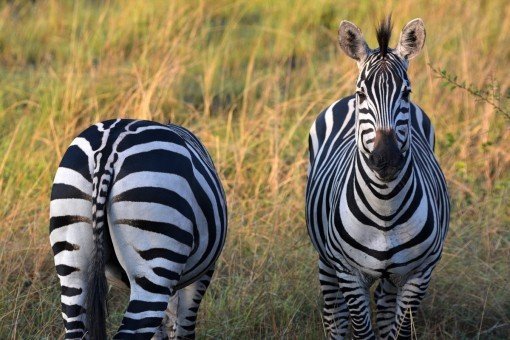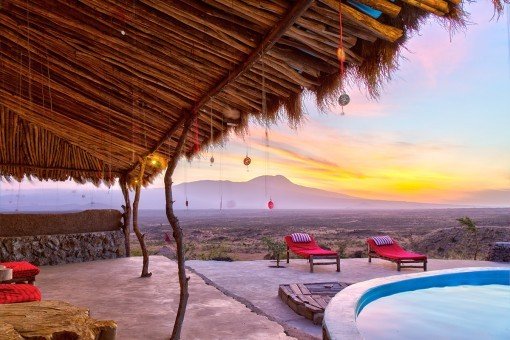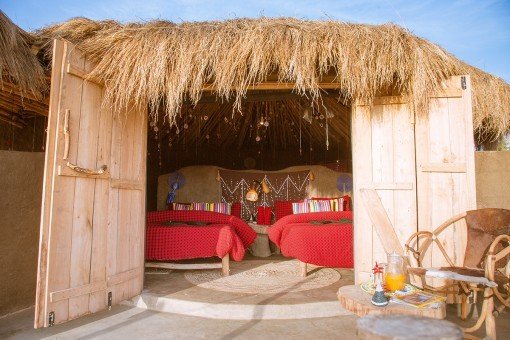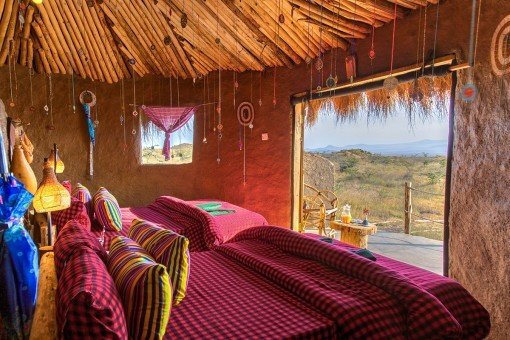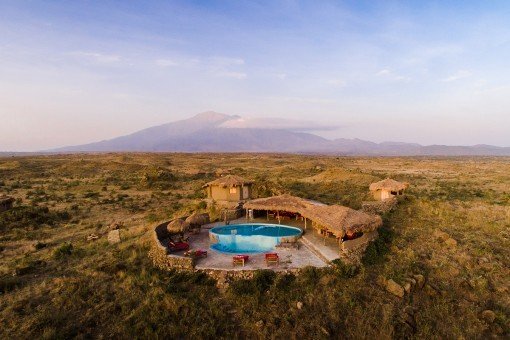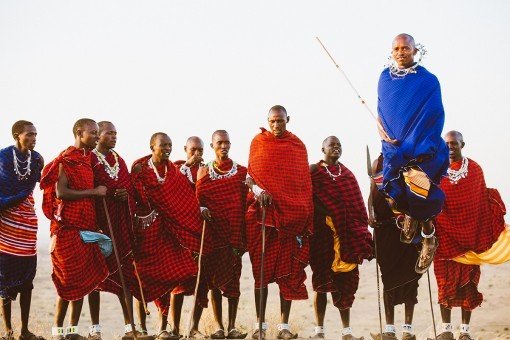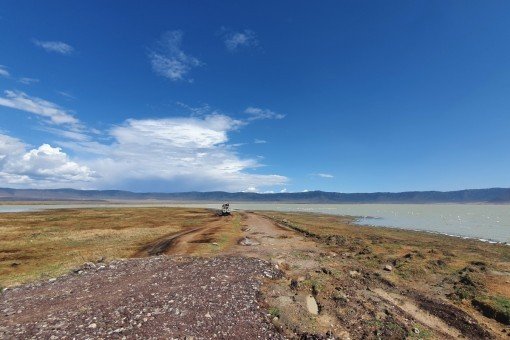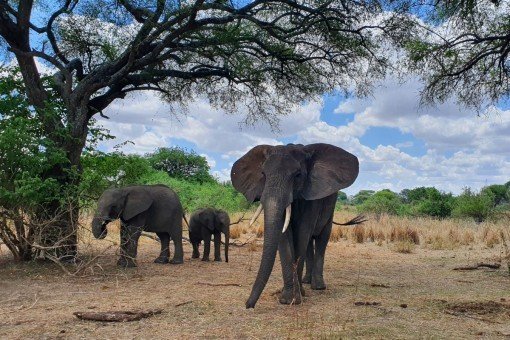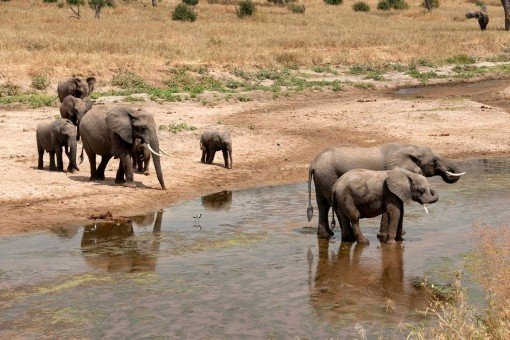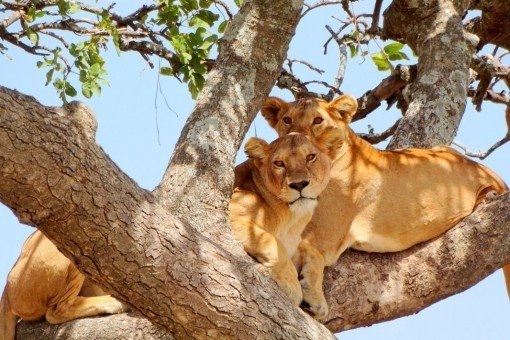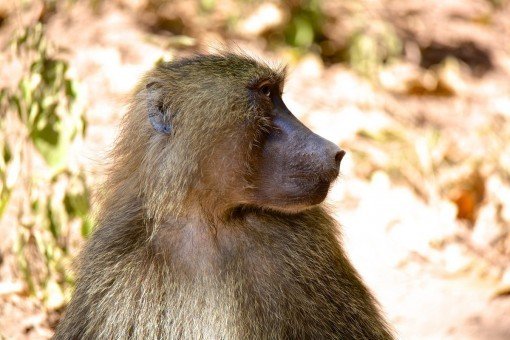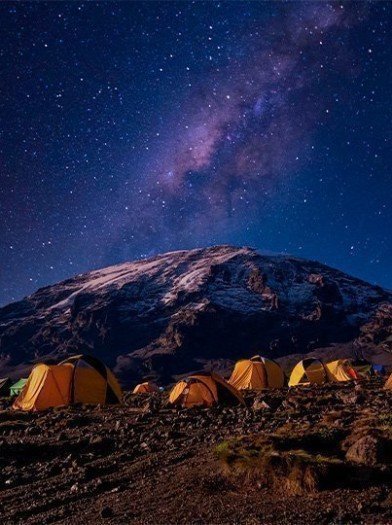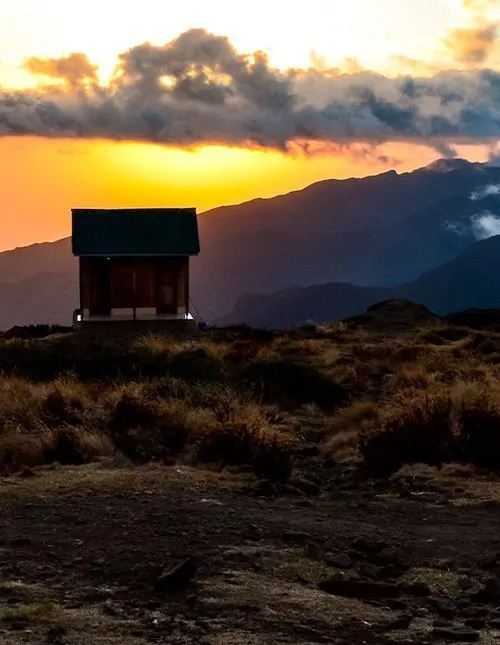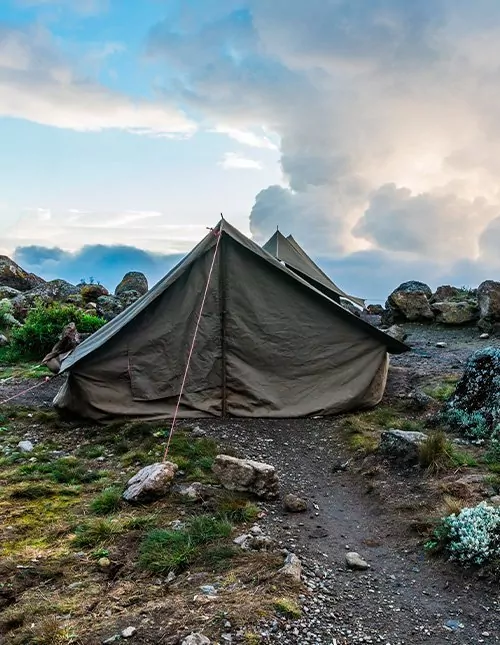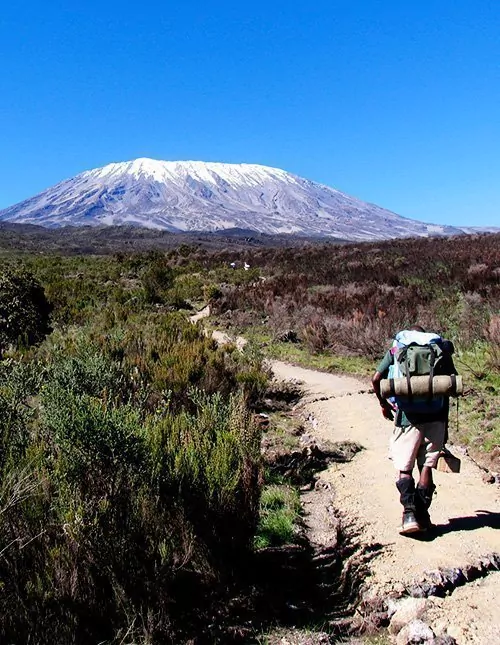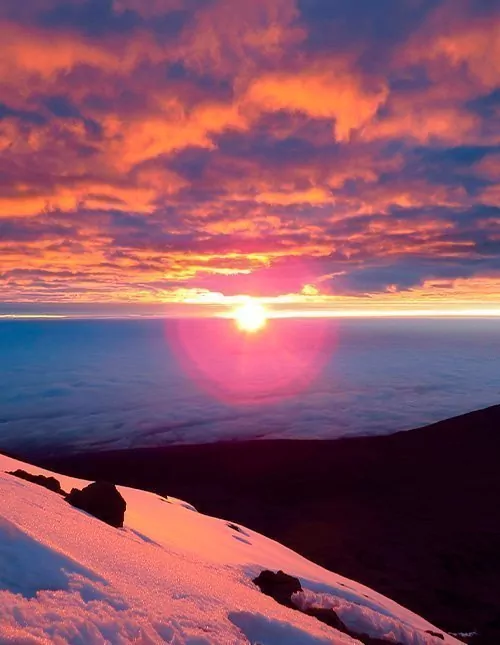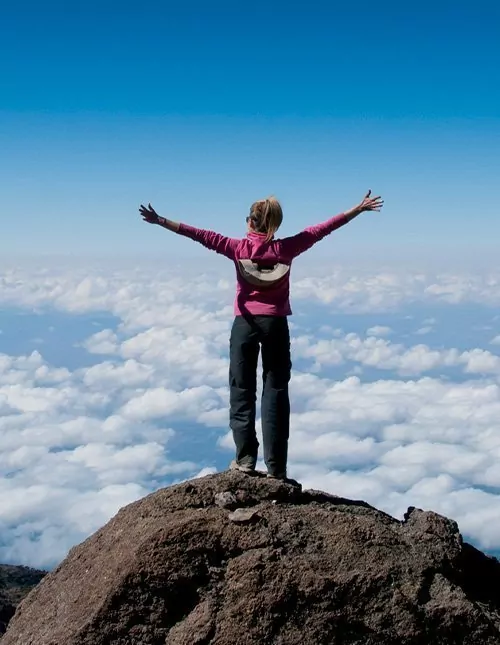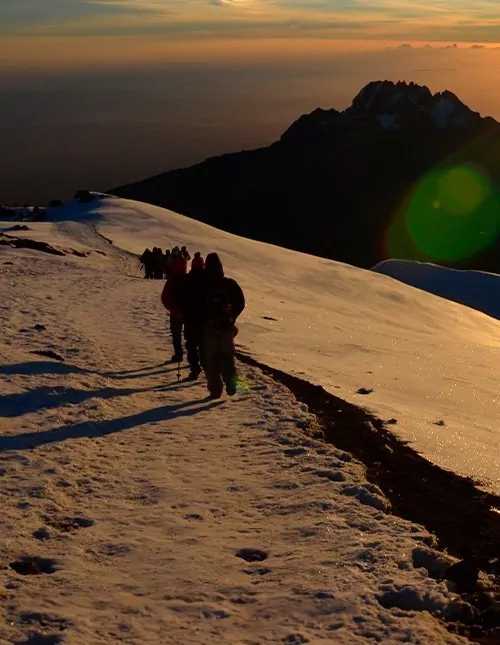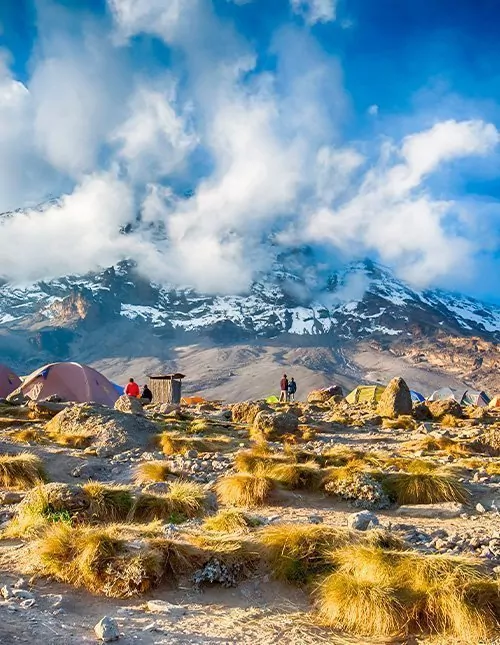Confidence Guarantee - Read more
- Home
-
Our tours
- Our tours
- Africa
- Asia
- Latin America
- North America
- Oceania
- Holiday types
-
Accommodation
- Accommodation
- Africa
- Asia
- Latin America
- North America
- Oceania
-
Practical info
- Practical info
- Africa
- Asia
- Latin America
- North America
- Oceania
- Info & contact
- Blog
11 days
The Rongai Route incl. acclimatisation day
Reach the top of Africa via the easier Rongai route, which is also one of the least busy routes.
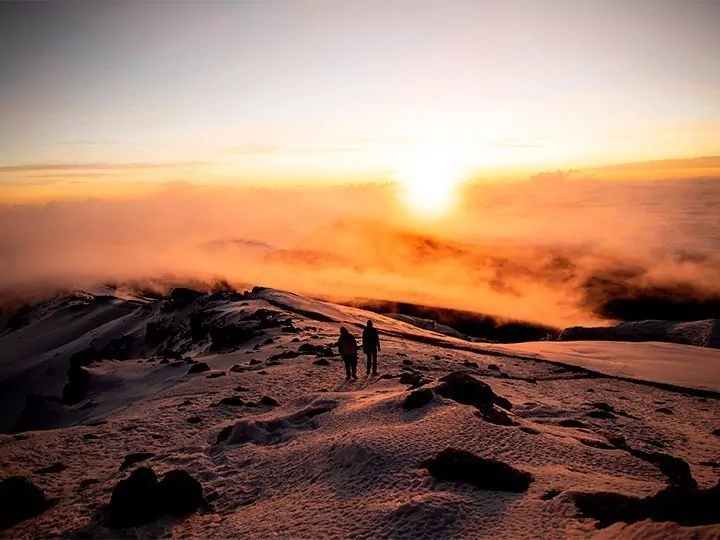
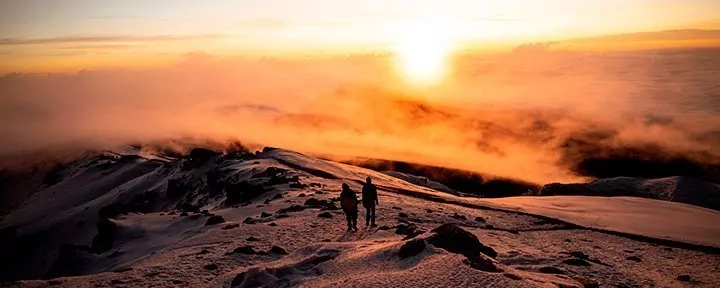
11 days
The Rongai Route incl. acclimatisation day
Reach the top of Africa via the easier Rongai route, which is also one of the least busy routes.
What is included in the price?
This package includes the following
- Flights from chosen airport to Kilimanjaro incl. transfer
- Local, English-speaking guide/driver
- 2 nights full board accommodation at Springlands Hotel in Moshi (one night before the ascent, one night after)
- Ascent of Kilimanjaro via the Rongai route
- 6 nights on Kilimanjaro using a purpose built tent incl. full board and one day of acclimatization
- All meals prepared by a local cook
- Professional guides and bearers all the way
- Park fees
- Flights from Kilimanjaro to chosen airport incl. transfer
- Option to purchase a safari or beach holiday after the ascent
- Start date of your choice, as ascents are possible all year round
- ATOL certificate
- 24-hour manned emergency telephone throughout the tour
- Departure guarantee – the tour will take place regardless of the number of participants
THE TOUR IN SHORT
The Rongai route starts on the north side of the mountain, originating in the little village of Nale Moru, south of the Kenyan border. Your route will take you through corn and potato fields, before leading into pine woods. The landscape then opens up into a vast expanse of heath, comprising heather, wild flowers and stony paths. As you walk, you can enjoy a magnificent view of Kibo, its glaciers, and the towering spires of Mawenzi. The higher you climb, the clearer the highlands become with their distinctive Alpine desert landscape littered with large and small volcanic boulders. From Kibo Huts, Rongai merges with the Marangu route. On your way to the summit, you will pass Gilman’s Point, where you can stop to enjoy the view before the final ascent, approaching from the east. The descent likewise follows the Marangu route on the south-eastern side of the mountain, where you can admire the beauty of Kilimanjaro from numerous vantage points.
Why choose this tour
- It is the only route that starts north, making it an obvious choice during the rainy season
- You have a clear view of Kilimanjaro and also experience the scenic area around Mawenzi Peak
- Rongai is a relatively easy route as there are no steep climbs and due to its location it is also less busy
- Our itinerary includes an extra acclimatisation day to increase the success rate
Our tours always include
- All international and domestic flights
- All accommodations
- All specified excursions and activities
- 24/7 telephone – We’re with you all the way
Detailed Itinerary
Day 1:
Flight from your chosen airport to Kilimanjaro
Today is departure day, where you will fly to Kilimanjaro with connecting flights along the way.
Day 2:
Arrival in Kilimanjaro – Moshi
Arrive at Kilimanjaro’s international airport, where you will be met by your guide who will accompany you to Springlands Hotel in the small town of Moshi – a drive of approx. 1 hour. From Moshi, you will catch your first glimpse of the snow-capped peak of Kilimanjaro. The town is a prime example of African culture and atmosphere, packed with exotic experiences including the local market and numerous small shops.
There is a welcome meeting in the afternoon, where your guide will present the equipment you will be using and talk about the coming trek to the summit.
Heights: Moshi: 915 AMSL.
Day 3:
Moshi – Rongai Gate – Simba Camp
Today’s experiences begin with a drive through villages and coffee plantations to the gate at the start of the Rongai route – a 4–5-hour drive. On your arrival at the gate, there is check-in and registration, and this is also where you will meet your team of guides, chefs and porters. The hike to the top of Kilimanjaro starts here.
The route on the first day takes you through dense forest, which is home to a wide variety of animals, such as the wonderful colobus monkeys.
After a few hours of hiking, the forest begins to thin out and you arrive at Simba Camp where the heath landscape begins. Simba Camp is close to “First Cave”, offering stunning views of Kenya’s plains.
Altitude: Moshi: 915 AMSL, Rongai Gate: 2,150 AMSL, Simba Camp: 2,750 AMSL.
Ascent from Moshi to camp: 1,835 m ⭡
Distance: 9 km
Hike duration: 4 hours
Day 4:
Simba Camp – Second Cave
Today’s stage begins in the morning with a steady climb up to Second Cave. The route takes in a long stretch of heath, distinguished by heather, wild flowers and stony paths. As you walk, you can enjoy the view of Kibo and the east-facing glaciers on the crater rim. After lunch you will leave the main trail and continue along a narrower path towards the jagged peaks of Mawenzi. You will finally reach ‘Second Cave’, which is located in a sheltered valley close to Kikelewa Caves and surrounded by giant senecio plants.
Heights: Simba Camp: 2,750 AMSL., Second Cave: 3,450 AMSL.
Ascent from camp to camp: 700 m ⭡
Distance: 7 km
Hike duration: 3-4 hours
Day 5:
Second Cave – Third Cave
This day has been set aside for acclimatization, to improve your chances of reaching the summit, and reduce the risk of your suffering the effects of altitude sickness. Spend the morning relaxing and simply enjoying the surroundings. Around lunchtime, it is time to leave the camp and make your way across the heath, following a narrow path towards the jagged peaks of Mawenzi and Third Cave.
Heights: Second Cave: 3,450 AMSL., Third Cave: 3,870 AMSL.
Ascent from camp to camp: 420 m ⭡
Distance: 10 km
Hike duration: 4 hours
Day 6:
Third Cave – Mawenzi Tarn Hut
Today’s stage takes you to Mawenzi Tarn Hut. Following a short but steep climb up grassy mountainside, you can enjoy a fantastic panoramic view as your reward. The heathland gives way to rocky highlands, littered with large and small volcanic boulders that testify to a previous period of volcanic activity. After a couple more hours on the trail, you will reach the site of your overnight accommodation, which enjoys a spectacular location, nestling in a valley between the towering spires of Mawenzi.
Heights: Third Cave: 3,870 AMSL., Mawenzi Tarn Hut: 4,330 AMSL.
Ascent from camp to camp: 460 m ⭡
Distance: 9 km
Hike duration: 4-5 hours
Day 7:
Mawenzi Tarn Hut – Kibo Huts
You will now find yourself walking through the almost lunar landscape that is known as ‘The Saddle’ and links Mawenzi and Kibo. On arrival at Kibo Huts, located at the foot of the Kibo crater wall, it is time to ready your equipment and warm clothes for the next day’s trek to the peak. Make sure to store your drinking water in a Thermos to prevent it freezing solid. Then spend the rest of the day relaxing and go to bed early to ensure your ‘human batteries’ are fully charged for Kilimanjaro’s ultimate challenge.
Heights: Mawenzi Tarn Hut: 4,330 AMSL., Kibo Huts: 4,695 AMSL.
Ascent from camp to camp: 365 m ⭡
Distance: 9 km
Hike duration: 4-5 hours
Day 8:
Kibo Huts – Gilman’s Point – Uhuru Peak – Horombo Huts
You will be woken up around midnight, and there is just time for a snack before you set off into the night. Most people find the tricky terrain, where the trail is littered with loose stones, to be the most challenging part of the ascent. The objective is to reach Gilman’s Point at dawn, so you can make it to Uhuru – the highest point on Kibo – shortly after sunrise. You will stop briefly at Gilman’s Point to enjoy the magnificent view before continuing along the rim of the crater to Uhuru. The last stretch of the climb features an even incline. Depending on the season, you may encounter snow on the last part of the route to Uhuru Peak, which is your final goal: the top of Kilimanjaro and the highest point in Africa. Once you reach the peak at an altitude of 5,895 masl, you can give yourself a pat on the back, enjoy the magnificent view and have your picture taken in front of the Uhuru Peak sign as a lasting souvenir of your achievement.
It is then time to start the descent to Kibo Huts, which you will find passes remarkably quickly. At Kibo Huts, you will stop to enjoy a well-deserved lunch before continuing on to Horombo Huts, where a much-needed night’s sleep awaits.
Heights: Kibo Huts: 4,695 AMSL., Uhuru Peak: 5,895 AMSL., Horombo Huts: 3,690 AMSL.
Ascent from camp to camp: 1,005 m ⭣
Distance: 6 km up and 15 km down
Hike duration: 8 hours up and 6 hours down
Day 9:
Horombo Huts – Mandara Huts – Moshi
The last stage on Kilimanjaro crosses the open heath to Mandara Huts, where lunch is served. From here, you will make your way through the rainforest to the entrance to the National Park. At Marangu Gate, you will have time to check out before your ride arrives to take you to Moshi for a delicious meal where everyone who completed the climb will be presented with a diploma.
Heights: Horombo Huts: 3,695 AMSL., Marangu Gate: 1,830 AMSL., Moshi: 915 AMSL.
Ascent from camp to Moshi: 2,775 m ⭣
Distance: 20 km
Hike duration: 6 hours
Day 10:
Start of the trip home
After checking out, you will be picked up from the hotel and driven to the airport to start your journey home, which will include connecting flights along the way.
Day 11:
Arrival back home
You will arrive at your chosen airport after the experience of a lifetime.
|
|
Combine with
Choose from the options below
Beach holiday in Zanzibar
6 nights
Surrounded by the waters of the Indian Ocean, Zanzibar consists of the main islands of Unguja (also called ‘Zanzibar’) and Pemba, as well as a number of smaller islands. The island of Zanzibar is a treasure trove of natural and cultural treats. Brilliant white sandy beaches, azure seas and a truly amazing coral reef. A warm and sunny climate all year round. A dramatic history, liberally sprinkled with Arabian sultans, Portuguese seafarers, unscrupulous slavers and European explorers who have all left their mark on the island. And one of the most fascinating towns in Africa, dotted with fine examples of beautiful Arabian architecture. Not forgetting the delicious Swahili cuisine and the accommodating population …
Accommodation:
Possible upgrades:
Safari experiences in Mkomazi National Park
2 nights
Mkomazi National Park is one of Tanzania’s lesser-known parks, which is a pity, because the nature here is absolutely unique!
The park borders Tsavo in Kenya, and together they form one of Africa’s most important ecosystems, and which in East Africa is only surpassed by the Serengeti-Masai Mara.
The scenery is amazing. Here, you will find a fascinating combination of bone-dry savannah, lush mountainsides and large forests. There are lots of animals here – but on the other hand not many tourists. Mkomazi is indeed an overlooked gem!
The national park is located just over two hours’ drive east of Moshi, and is thus a perfect place to relax for a couple of days after a successful trip to the top of Kilimanjaro – without having to drive very far.
On this extension, you will spend two nights in a wonderful tented camp in a perfect location. You will have a driver-guide and land cruiser at your disposal, and you can either go on safari or relax in the camp – it’s entirely up to you. All meals are also included.
As the tent camp only has seven tents – and there are no other alternative hotels or camps in the park – we recommend that you book well in advance if you want this extension.
Accommodation:
Safari in Tarangire and Lake Manyara National Parks & beach holiday in Zanzibar
7 nights
Tarangire National Park is the sixth-largest national park in Tanzania and has the second-highest concentration of wildlife in the country. The park is home to around 3,000 elephants, which roam the area in herds of up to 300. Tarangire is also the habitat of another famous creature: the tree-climbing python that can slither its way up to the tallest tree tops. Other animals native to the area include lions, leopards, hyenas and warthogs, as well as large numbers of zebras, gnus, gazelles, hartebeest (kongoni), waterbucks and impala. The small, black-headed Agapornis parrot is just one of the 550 species of bird to be seen in the park.
In contrast to Tarangire, Lake Manyara National Park is one of the smallest parks in Tanzania – but it is also one of the most varied. Immediately after the entrance to the park, the verdant rainforest unfurls in all its glory, interspersed by sparkling watercourses. Here you can see both baboons and Sykes’ monkeys. Close to Lake Manyara, which takes up fully one-third of the park, you can see experience the vast savannah, home to buffalo, gnus, elephants and zebras. If you are really lucky, you may even spot leopards, hyenas and the extraordinary tree-climbing lions. In and around Lake Manyara itself, you are likely to observe hippopotamuses, flamingos and pelicans.
Surrounded by the waters of the Indian Ocean, Zanzibar consists of the main islands of Unguja (also called ‘Zanzibar’) and Pemba, as well as a number of smaller islands. The island of Zanzibar is a treasure trove of natural and cultural treats. Brilliant white sandy beaches, azure seas and a truly amazing coral reef. A warm and sunny climate all year round. A dramatic history, liberally sprinkled with Arabian sultans, Portuguese seafarers, unscrupulous slavers and European explorers who have all left their mark on the island. And one of the most fascinating towns in Africa, dotted with fine examples of beautiful Arabian architecture. Not forgetting the delicious Swahili cuisine and the accommodating population …
Accommodation:
Possible upgrades:
Gorilla tracking in Uganda
4 nights
You’ve almost certainly seen pictures of the gentle furry mountain gorillas in Bwindi Impenetrable National Park in Uganda.
Why not complete your trip to East Africa by extending your holiday to include a tour to Uganda to look for the unique mountain gorillas?
We’ve made it easy for you and added this 5-day extension, when, besides gorilla tracking, you also go on a “walking safari” in Lake Mburo National Park.
It goes without saying that we have included flights, gorilla permits and full board almost everywhere.
It couldn’t be easier!
Please note: This extension only goes ahead when there are at least 2 people travelling.
This extension must be booked at least 70 days before departure.
Accommodation:
Possible upgrades:
Masai adventure at Osiligilai Maasai Lodge
2 nights
Feel like relaxing after climbing Kilimanjaro or many hours in a safari car? Or dreaming of becoming acquainted with the Maasai culture and experiencing the Maasai customs and traditions – without compromising too much on comfort? And would you like to wake up to the sun rising over Kilimanjaro, and lie by a pool overlooking Africa’s highest mountain? Then extend your trip by two nights at Osiligilai Maasai Lodge.
You will find this authentic and charming lodge a just over two-hour drive away from Moshi, and we are almost ready to guarantee that both the nature and the cultural experiences here will take your breath away.
The lodge is located in a typical Maasai grassland area with vast open spaces. Here, you will find plains stretching as far as the eye can see and views of both Mount Meru and Mount Kilimanjaro. It is owned by local Maasai, who throw themeselves into running the place in the best possible way. You will feel both welcome and pampered, and you will have plenty of opportunity to become acquainted with these semi-nomadic people.
You will spend the night in a traditional Maasai hut with a toilet, electricity and a hot water shower – and a bed strategically placed so you can watch the sun rise over Kilimanjaro in the early hours of the morning.
The stay at the lodge includes all meals and a wide range of activities such as javelin throwing and traditional Maasai dancing and singing as the sun sets behind Mount Meru. In addition, it is possible to purchase various excursions or additional activities, but you can also choose to just lie by the pool and be absorbed by the view of Kilimanjaro while enjoying a cold beer and reading a good book.
Want to know more about what it’s like to stay at Osiligilai Maasai Lodge? Then read our Africa expert’s travelogue.
Accommodation:
Optional tours:
Safari in Tarangire National Park and Ngorongoro National Park
2 nights
Why not extend your tour to include a mini-safari to two of Tanzania’s most famous national parks?
Tarangire National Park is Tanzania’s sixth largest national park and has the country’s second highest concentration of animals. The park is especially famous for its large herds of elephants, which are often to be seen standing in the shade of the giant baobab trees, putting into perspective just how big the trees are.
The Ngorongoro Crater is out of this world. The drive down the crater wall will give you a lurch in your stomach, and here in its own little microcosm, you’ll find an abundance of wildlife. With the exception of giraffes, whose long legs can’t manage the walk up and down the side of the crater.
There’ll also be time for a visit to a village where one of the villagers shows you around, and a group of local women prepare a veritable feast consisting of 14 different dishes from different places in Tanzania. Then lunch is served!
Safari in Tarangire and Lake Manyara National Parks
1 night
Tarangire National Park is the sixth-largest national park in Tanzania and has the second-highest concentration of wildlife in the country. The park is home to around 3,000 elephants, which roam the area in herds of up to 300. Tarangire is also the habitat of another famous creature: the tree-climbing python that can slither its way up to the tallest tree tops. Other animals native to the area include lions, leopards, hyenas and warthogs, as well as large numbers of zebras, gnus, gazelles, hartebeest (kongoni), waterbucks and impala. The small, black-headed Agapornis parrot is just one of the 550 species of bird to be seen in the park.
In contrast to Tarangire, Lake Manyara National Park is one of the smallest parks in Tanzania – but it is also one of the most varied. Immediately after the entrance to the park, the verdant rainforest unfurls in all its glory, interspersed with sparkling watercourses. Here you can see both baboons and Sykes’ monkeys. Close to Lake Manyara, which takes up fully one-third of the park, you can experience the vast savannah, home to buffalo, gnus, elephants and zebras. If you are really lucky, you may even spot leopards, hyenas and the extraordinary tree-climbing lions. In and around Lake Manyara itself, you are likely to observe hippopotamuses, flamingos and pelicans.
Accommodation:
When would you like to travel?
Departure dates
All prices shown are per person
Discounts for large groups
REVIEWS
Travellers' tales
BEFORE YOU TRAVEL
Good to know
Africa

Catriona Hodge
Catriona is passionate about helping other people fulfill their travel dreams, as she knows how much travel has only improved her life for the better!
Opening hours
Monday-Thursday 9-15Friday 9-13
JOIN THE ADVENTURE
Related tours
WHY TRAVEL WITH TOURCOMPASS?
Why choose us
We know your time is precious. That's why we strive to provide personalised, attentive service to ensure your comfort and safety throughout your tour. From the moment you book to the moment you return home, we’re here to handle every detail with the utmost care.
We offer a diverse array of destinations, each promising its own unique story, shaped by its local cultures, fascinating wildlife, and natural beauty.
We design every tour based on the extensive research and first-hand experiences of our travel specialists and experts. Each tour is crafted to showcase the best each country has to offer.
With us, you can rest assured; your journey is in safe hands. We are ATOL certified and a proud member of ABTA, maintaining rigorous standards of quality and service to ensure your complete peace of mind.
